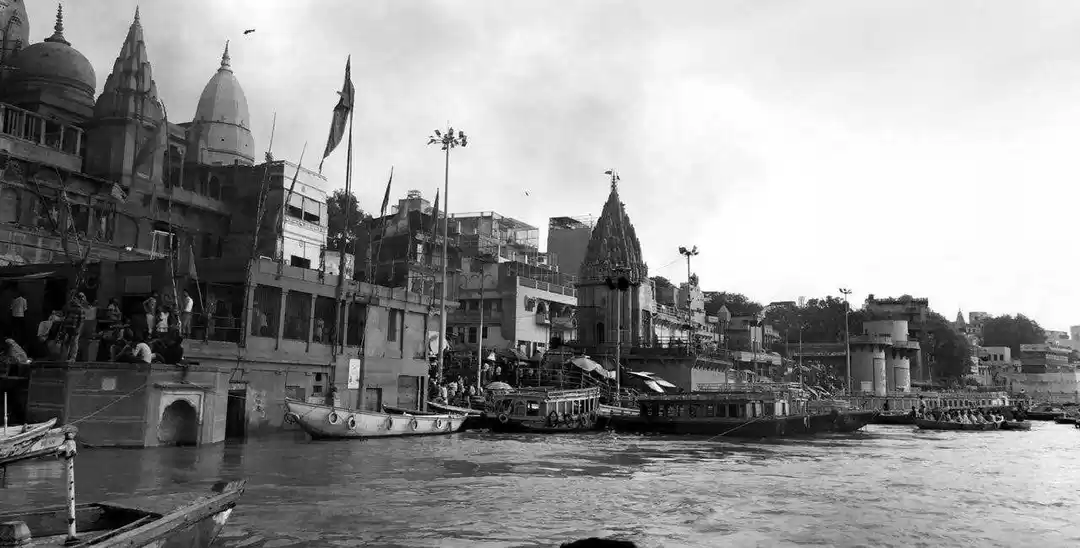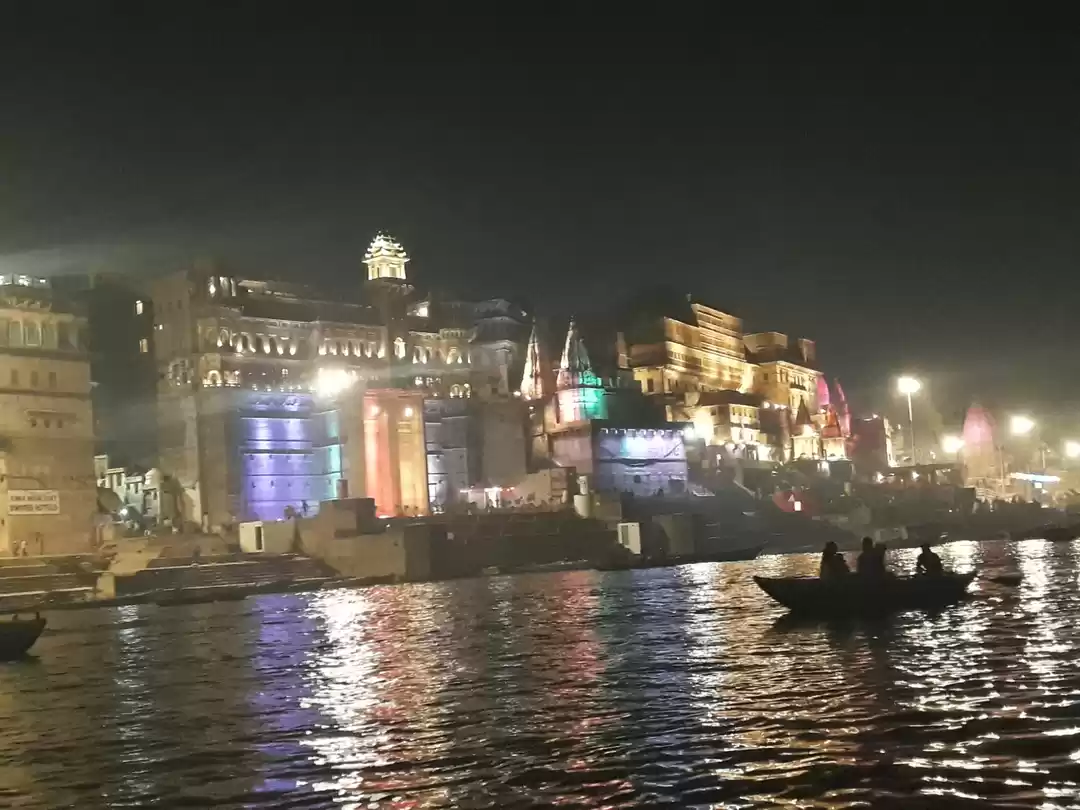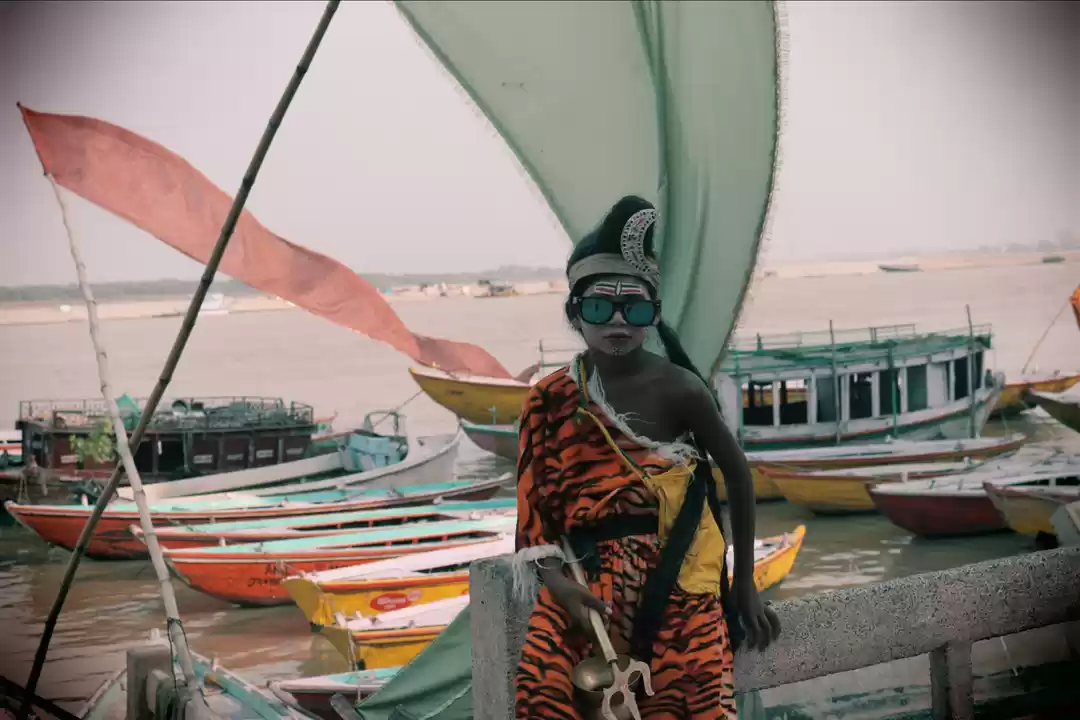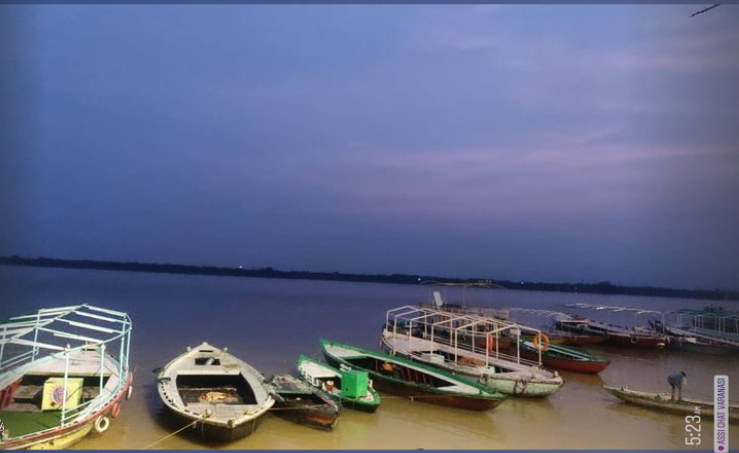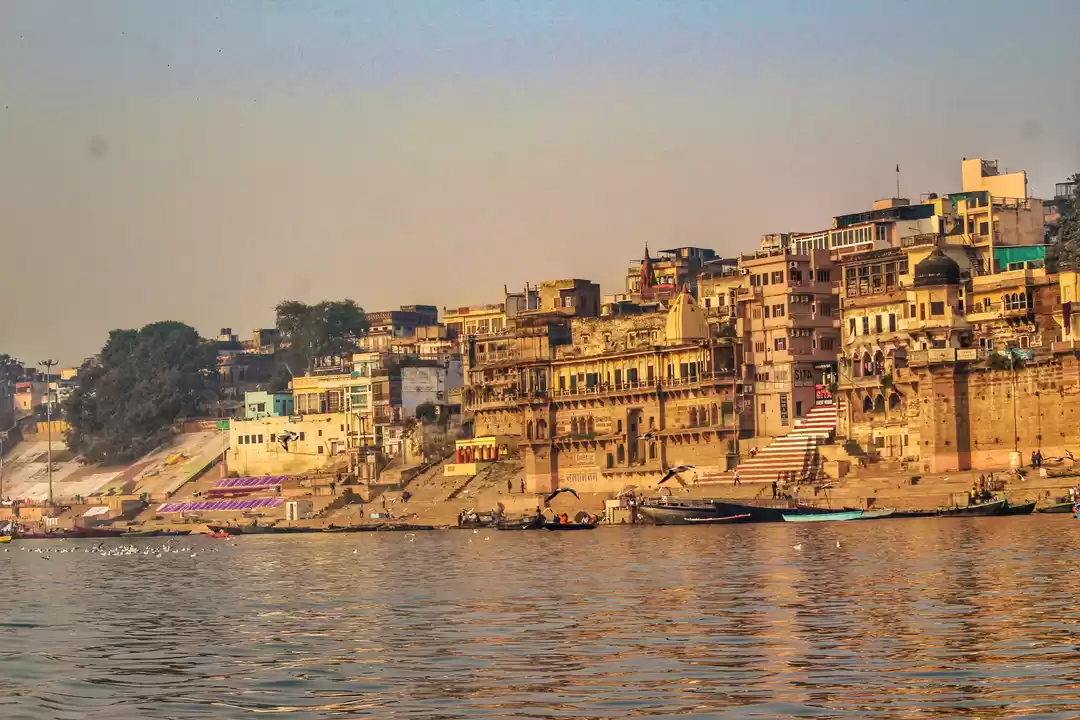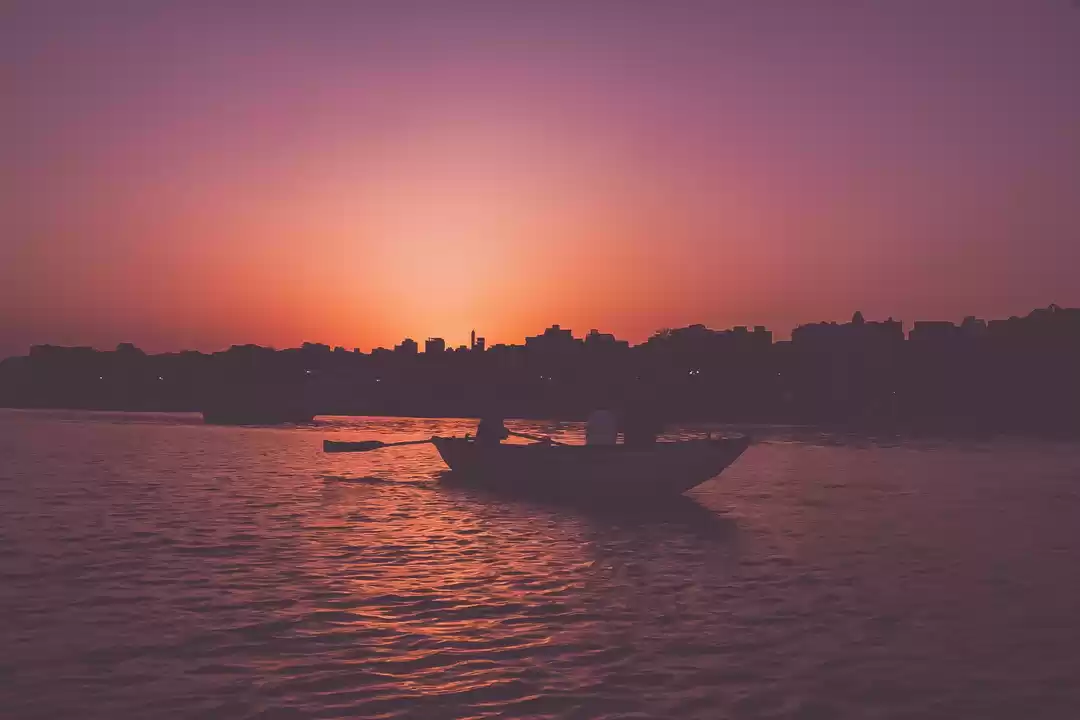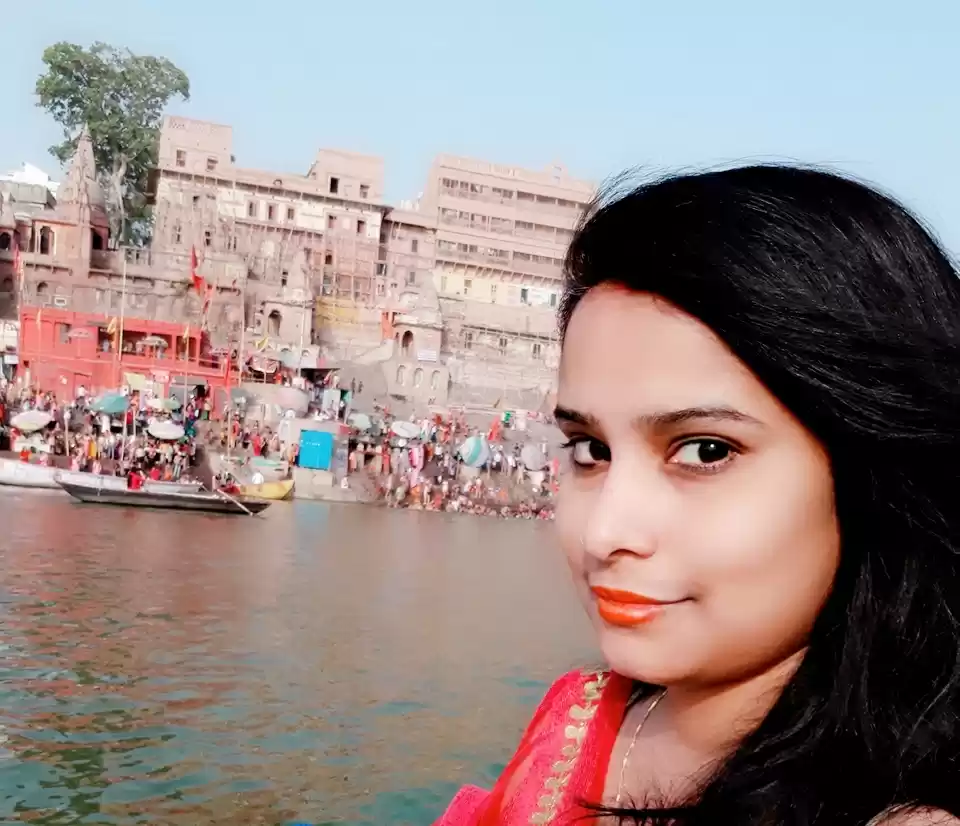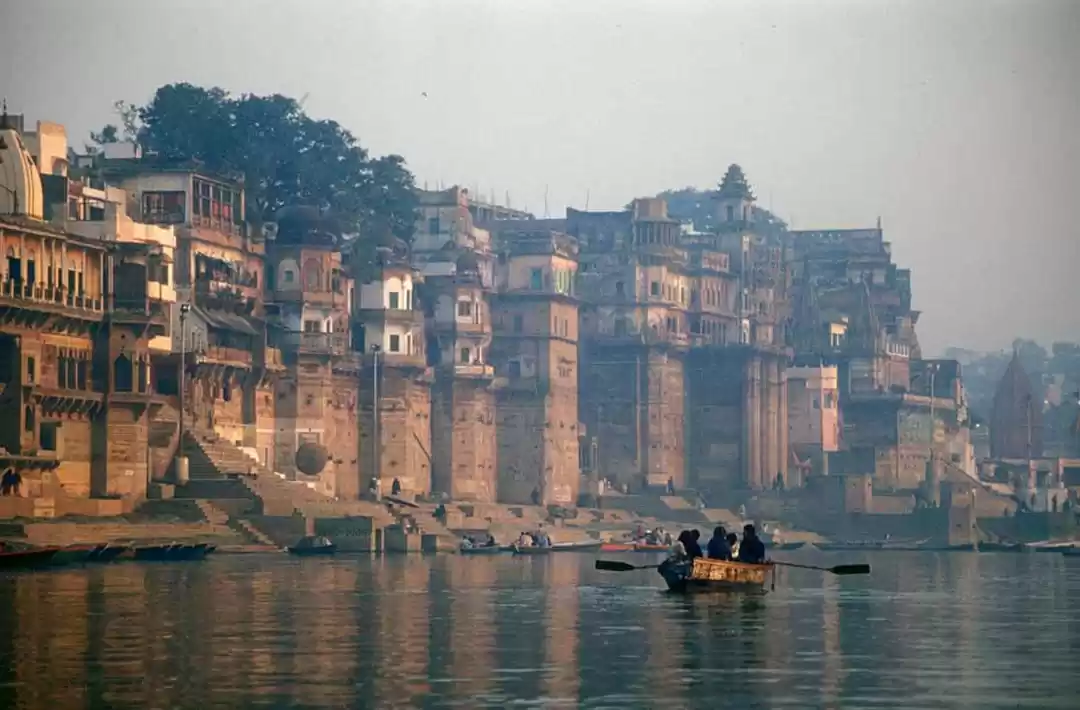
Even though the city of Varanasi is on the banks of Ganges (also Ganga), it’s name is taken from two tributaties of Ganges (Varuna and Assi). The city lying between these 2 rivers Varuna and Assi is called Varanasi. So when we speak about ghats the city starts from Assi ghat beside Assi River to Adi Keshav Ghat (sometimes called Varuna Sangam Ghat) beside Varuna river. A ghat, in this context, is a series of steps leading down to a body of water (River Ganges in this case).
There are more than 80 ghats in between these 2 rivers. Almost all of the ghats were built in early 18th century during Maratha period. Most of the ghats are used for bathing and worship, while two are used for cremation sites. We will talk about it later.




Situated on the southern side of the city, Assi Ghat is known for morning aarti that starts from 5-5:30 AM. It is organised by Subah-e-Banaras, a cultural and spiritual organisation. This morning aarti is a recent phenomenon started from 2014.

Dasaswamedh Ghat is considered to be the main ghat of Varanasi. It is the closest ghat to Kashi Vishwanath Temple and most lively ghat in the city. According to a legend, Lord Brahma sacrificed ten horses during a yagna performed here hence named as Dasashwamedha Ghat (Dasha means ten, Ashwa means horse and ashwamedha is a type of yagna performed by sacrificing horses).


The most popular Evening Ganga Aarti is performed in this ghat. It is a one-hour spectacle performed beautifully. More on this in a different post.


Manikarnika and Harishchandra Ghats
These two ghats are used exclusively for cremation. Hindu devotees believe that they will go to heaven if they die here in Varanasi. Old men and women visit Varanasi and wait for their judgement day. Cremation is an important activity here in Varanasi and hence separate ghats.
There is a legend associated with Manikarnika Ghat. It is said that at some point of time Lord Shiva was moving with his devotees. In order to avoid this her consort Goddess Parvati hid her earrings and asked him to find it. Since then Lord Shiva ia trying to find that ring at Manikarnika Ghat (Manikarnika means earning). Rani Laxmibai of Jhansi was born as Manikarnika in Varanasi taking the name from this ghat.
Harishchandra Ghat was ancient cremation site considered to exist even before Manikarnika Ghat. A legend has a saying that there existed an ideal king named Harishchandra had to renounce all his belongings to uphold truth. He had worked as a slave after relinquishing at this ghat and hence it is named against him.
Not posting photos of these ghats as I did not want to show cremation pictures publicly.
Tulsi Ghat
Named after the great Vaishnava saint and hindi poet of 16th century known for his devotion towards Lord Rama. Major notable works are Ramcharitmanas and Hanuman Chalisa are still read even today.

There are many other ghats constructed and dedicated to different kingdoms of medieval India like Scindia Ghat, Vijayanaram Ghat, Bhonsle Ghat, Raja Ghat etc.
You can visit all these ghats by taking a boat ride on the river Ganga. An early morning boat ride is the best time for the boat ride. Varanasi is on the western banks of Ganga and hence early morning boat ride with sun rising in the east will illuminate all the ghats giving a shiny golden colour.
Know more about Heritage Walks in Varanasi. Wait for my next post on Food Trail in Varanasi.









